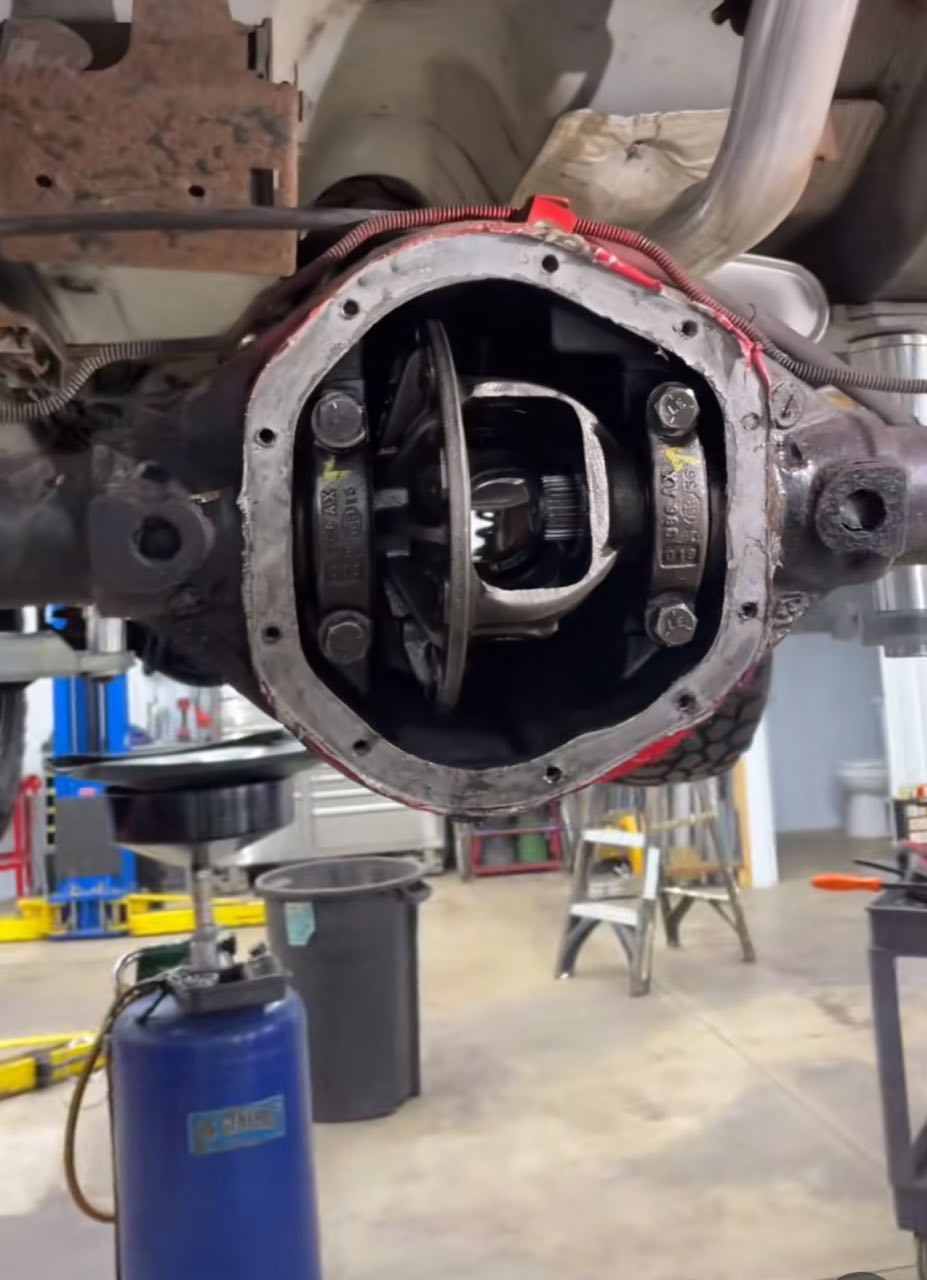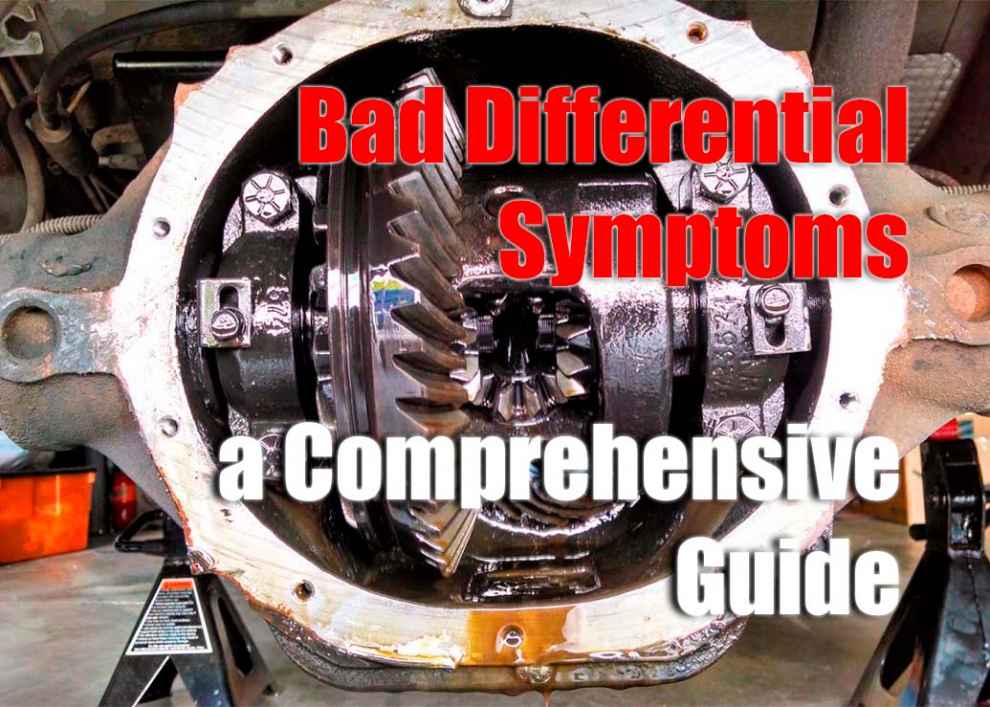Jeep drivers know that a faulty differential can have serious consequences. Not only can it reduce performance, but it can also lead to costly repairs. However, even experienced Jeep owners might not know the symptoms of a bad differential and how to identify them. This comprehensive guide will equip you with the knowledge and skills to diagnose any potential problems in your Jeep’s differential so that you can quickly act and get back on the road. We’ll discuss the common signs of a bad differential, how to detect them, what causes them, and what should be done if you face this issue. Using this knowledge, you can address concerns regarding your Jeep’s differentials effortlessly.
Common Bad Differential Symptoms

Leaking oil or grease is also one of the common bad differential symptoms. It should be easy to spot as it usually leaves tracks on the ground below your vehicle. Also, if you detect an unusual smell coming from your differential while driving or parked up, then this could also be indicative of a problem. Other symptoms include reduced fuel economy due to the extra load on the engine caused by poor differential performance and decreased performance overall due to reduced power transfer from the transmission to the wheels. These issues should be addressed immediately so further damage does not occur, and costly repairs are avoided.
Causes of Bad Differential Symptoms
The most common cause of bad differential symptoms is a lack of proper maintenance. If your differential has not been properly serviced or lubricated, the wear and tear on the gears and bearings will eventually lead to problems. Additionally, if you drive off-road often, then there is an increased chance that the differential could be damaged due to rocks, debris, sand, and mud. Overloading your vehicle can also lead to issues with the differential if it’s unable to handle the extra weight. Lastly, low-quality parts can also cause bad differential symptoms as they are more likely to wear down faster than OEM parts. Also read about How to Add Rear Differential Fluid.
Diagnosing and Solving Bad Differential Symptoms
When diagnosing and solving bad differential symptoms, the first step is to check the condition of the differential fluid. If it is low or contaminated, then it will need to be replaced. It may also be necessary to inspect and replace any worn or damaged parts, such as seals or bearings. Following this, the differential’s pinion depth should be set correctly and checked to ensure the backlash is within specification. It can generally be done using a dial indicator and proper shims to ensure proper meshing between gears. It’s also important to check that the ring gear bolts are correctly torqued before replacing any covers or gaskets. Finally, if all other procedures have been followed correctly, but there are still performance issues, then more advanced methods, such as rebuilding, may need to be considered to get optimal performance from your differential system.
Conclusion
Having a bad differential can reduce performance and cause costly repairs. Therefore, it’s important to know the common bad differential symptoms to identify any potential issues quickly. These include loud noises coming from the rear end, vibration while driving, leaking oil or grease, and reduced fuel economy. The primary reasons for these issues are improper upkeep and excessive vehicle load. To diagnose and resolve these issues, you’ll need to check the condition of the fluid, inspect parts for wear or damage, set the pinion depth correctly, and torque ring gear bolts correctly before replacing covers or gaskets. If all other procedures fail to provide results, more advanced solutions may need to be considered. With this guide, you should have all the information to look after your Jeep’s differentials properly.

Add Comment